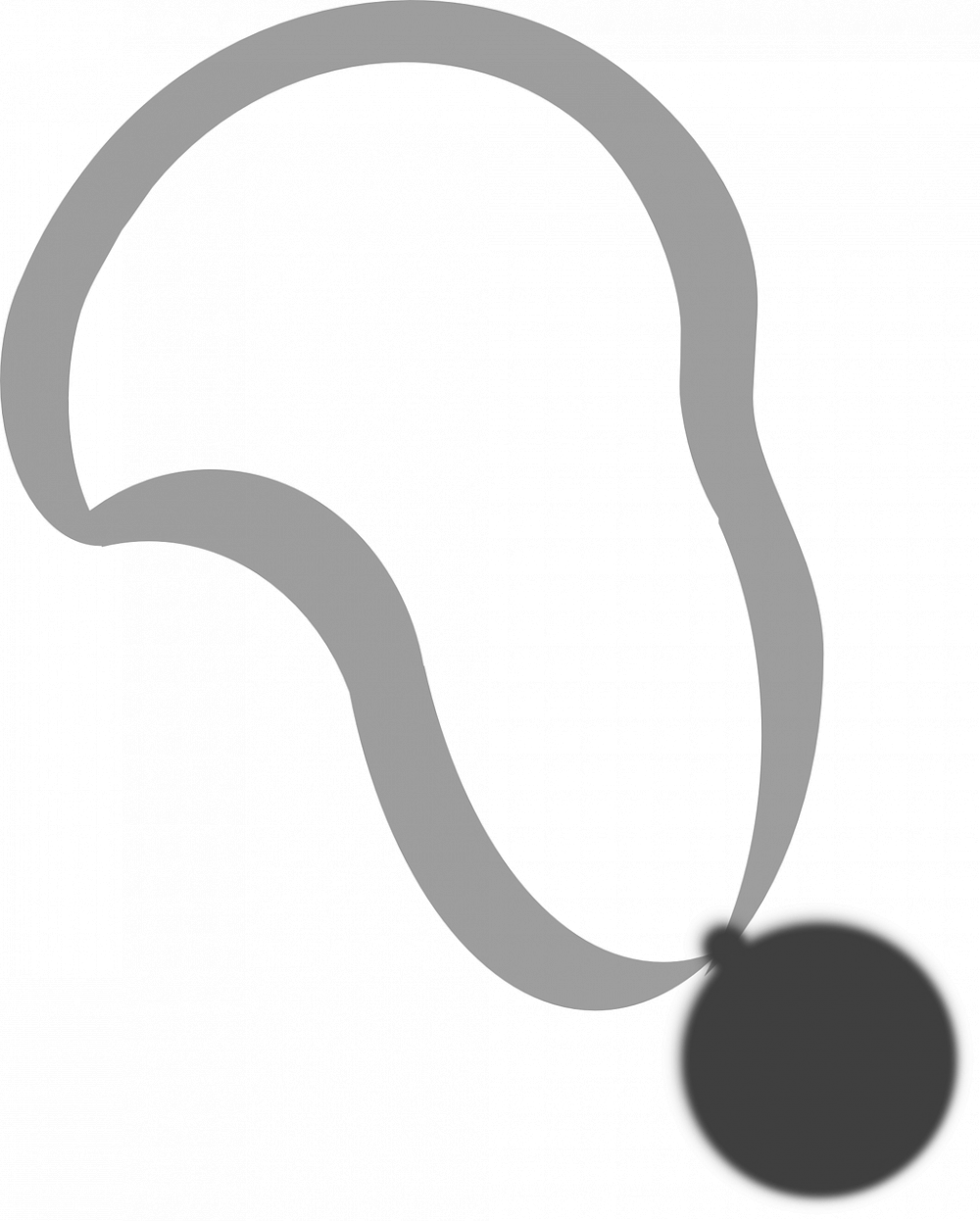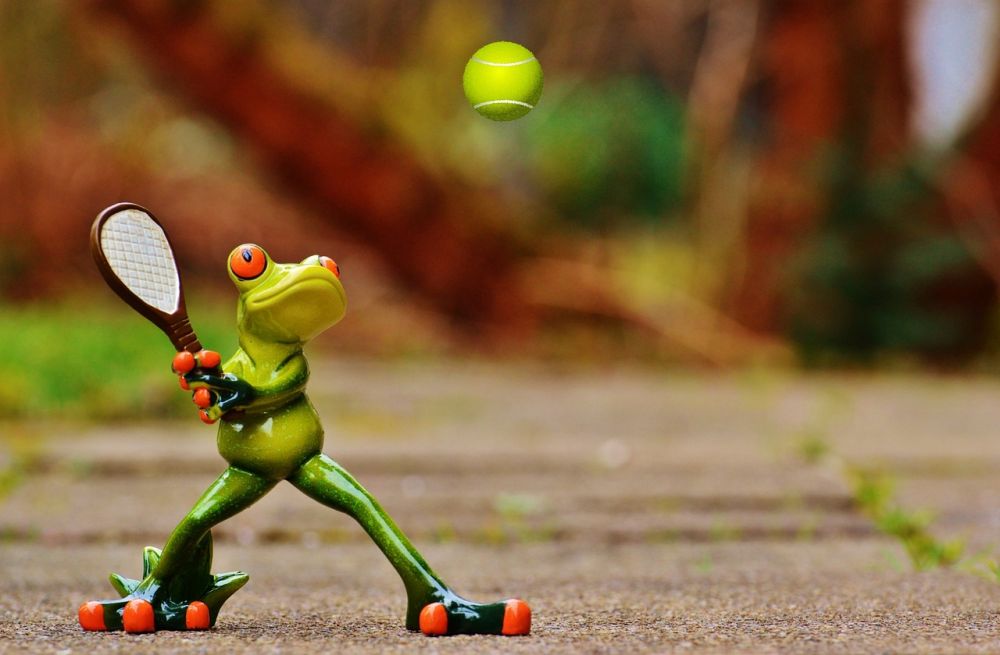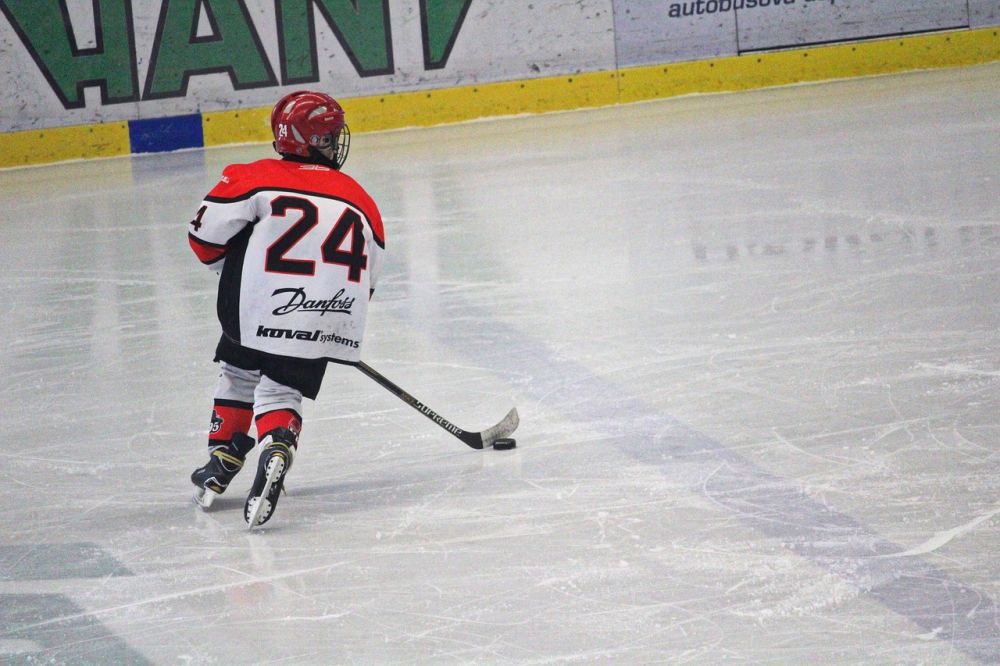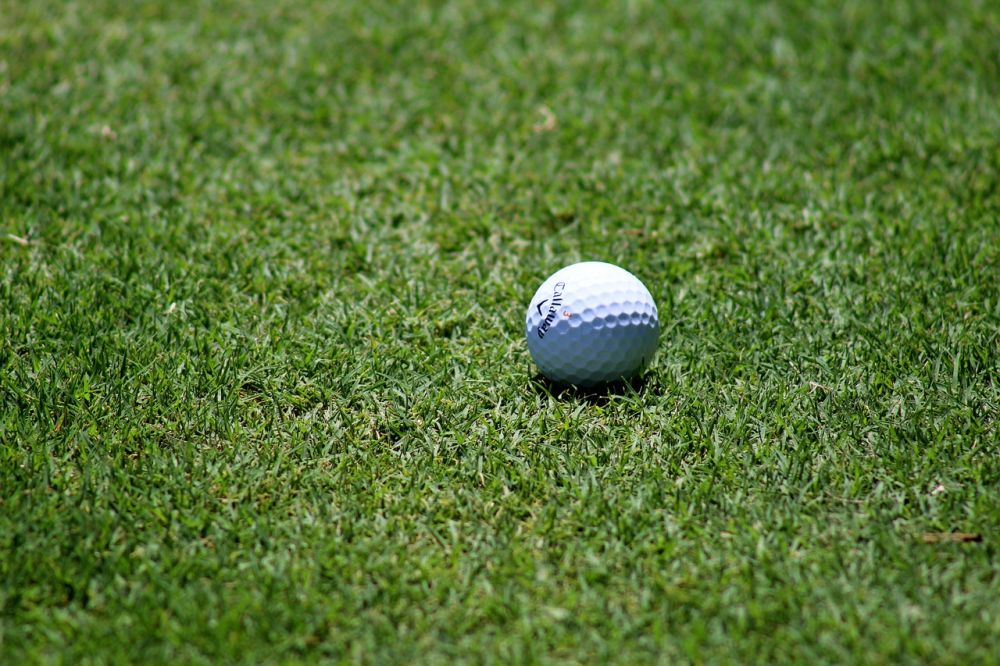Tennis Lessons: Mastering the Game
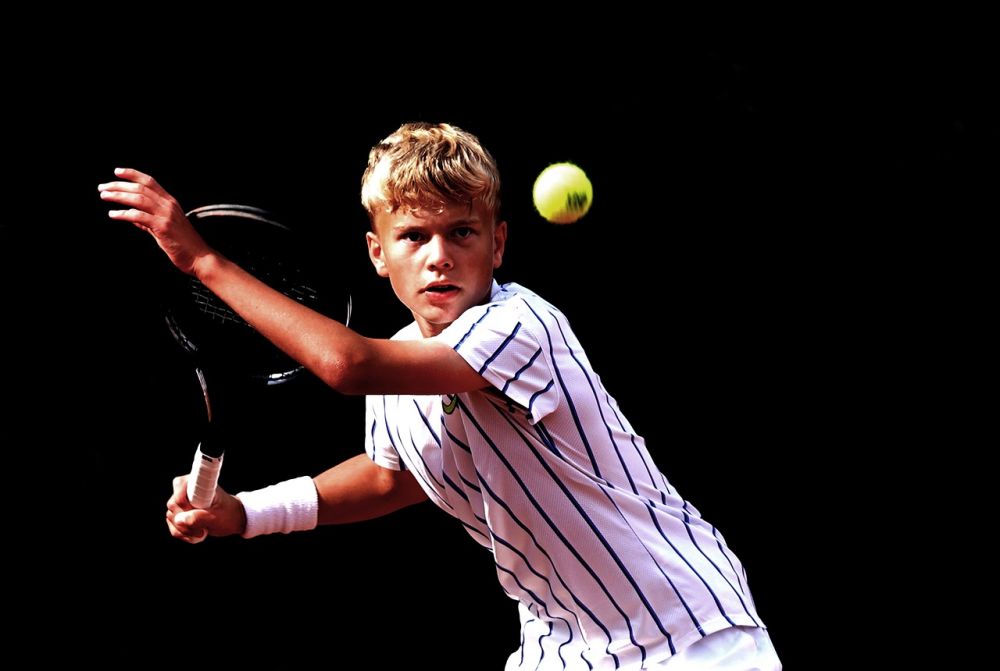
Introduction
Tennis lessons are an essential component for anyone looking to improve their skills and become a skilled player in the game. Whether you’re a beginner or an experienced player, tennis lessons provide valuable training and guidance that can take your game to the next level. In this article, we will delve into the world of tennis lessons, exploring what they entail, the different types available, their popularity, and the historical evolution of their advantages and disadvantages.
A Comprehensive Overview of Tennis Lessons
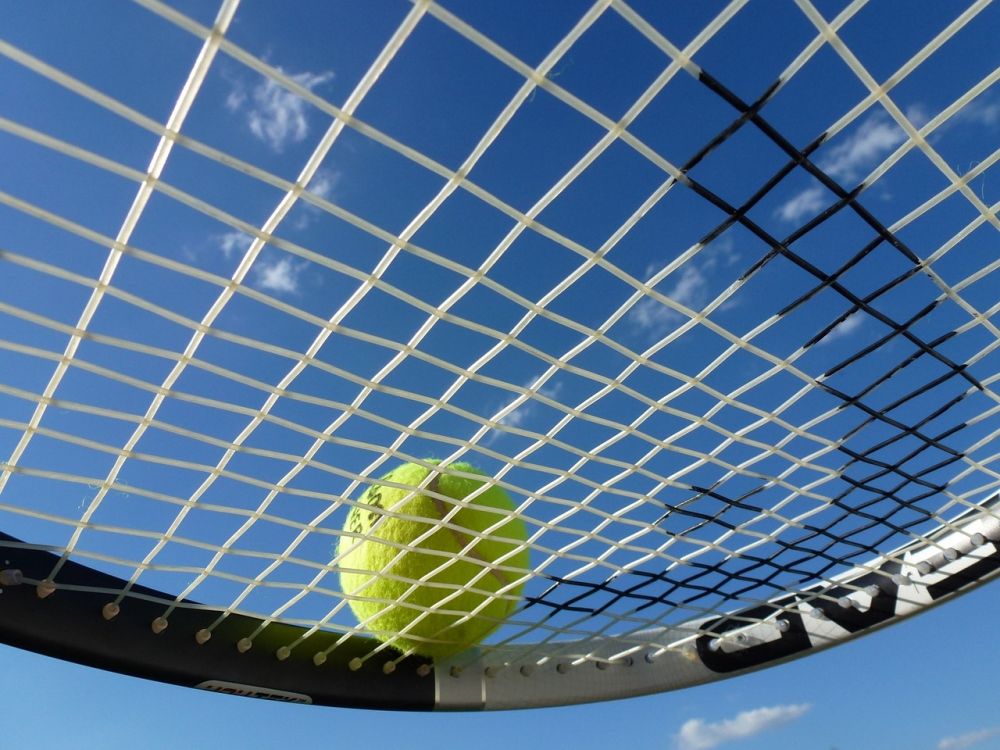
Tennis lessons are structured trainings that aim to teach individuals the various strategies, techniques, and rules of tennis. They are typically offered by certified tennis instructors who have in-depth knowledge and experience in the game. In these lessons, players receive personalized instruction and guidance to improve their skills and enhance their overall performance on the court.
Types of Tennis Lessons
There are several types of tennis lessons available, catering to the diverse needs and skill levels of players. Let’s take a closer look at some popular types:
1. Private Lessons: Private lessons involve one-on-one coaching, enabling individuals to receive personalized attention and tailored training. These lessons allow players to focus on specific areas of improvement and receive immediate feedback from their instructor.
2. Group Lessons: Group lessons provide an interactive learning environment where players can practice alongside their peers. This format encourages healthy competition, teamwork, and fosters a supportive community amongst players.
3. Junior Lessons: Designed for young players, junior lessons incorporate age-appropriate training techniques to develop fundamental skills and a love for the game. These lessons often emphasize fun and engagement to keep young learners motivated.
Quantitative Measurements of Tennis Lessons
The impact and effectiveness of tennis lessons can be measured through various quantitative metrics. Some key measurements include:
1. Skill Development: Assessing the improvement in players’ technical skills, such as serving, forehand and backhand techniques, volleying, and footwork.
2. Match Performance: Analyzing the performance of players in actual tournaments or competitive matches to gauge their progress and success rate.
3. Overall Physical Fitness: Tracking changes in players’ physical fitness levels, including agility, endurance, and strength, as a result of consistent tennis training.
Distinguishing Different Types of Tennis Lessons
While the goal of all tennis lessons is to improve players’ skills, they can differ in their approach and focus. Some key distinguishing factors include:
1. Level of Expertise: Lessons may cater to beginners, intermediate players, or advanced individuals, adapting their curriculum accordingly to address the specific needs of each group.
2. Specialized Training: Certain lessons may provide specialized training in specific aspects of the game, such as serving techniques, mental strategies, or doubles gameplay.
3. Duration and Intensity: Lessons can range from intensive training programs for professional athletes to casual recreational sessions for hobby players, allowing individuals to choose based on their availability and commitment level.
Historical Overview of Advantages and Disadvantages of Tennis Lessons
Over the years, tennis lessons have evolved, with advancements in coaching techniques, technology, and teaching methods. Some historical advantages and disadvantages of tennis lessons include:
1. Advantages:
– Improved Technique: Lessons facilitate the development of proper form, enabling players to hit the ball with more precision, power, and control.
– Strategy Development: Coaches provide valuable insights into game strategies, helping players make informed decisions and outmaneuver their opponents.
– Social Interaction: Group lessons foster a sense of community, allowing players to meet like-minded individuals, make new friends, and partake in friendly matches and tournaments.
2. Disadvantages:
– Cost: Tennis lessons can be quite expensive, especially private lessons or specialized training programs.
– Time Commitment: Regular lessons require consistent time dedication, which may not be feasible for individuals with busy schedules.
– Performance Pressure: Some players may feel overwhelmed by the expectations and performance pressure associated with structured lessons, leading to decreased enjoyment of the game.
[INSERT VIDEO HERE]
In Conclusion
Tennis lessons serve as a vital tool for individuals seeking to maximize their potential on the court. With various types available, tailored to different skill levels and preferences, players can receive specialized training and support to enhance their game. The historical evolution of tennis lessons showcases their advantages in improving technique, developing strategies, and fostering a community, while also highlighting potential drawbacks such as cost and time commitment. Whether you’re aiming for professional success or simply want to enjoy the sport, investing in tennis lessons can undoubtedly accelerate your progress and elevate your playing experience.
